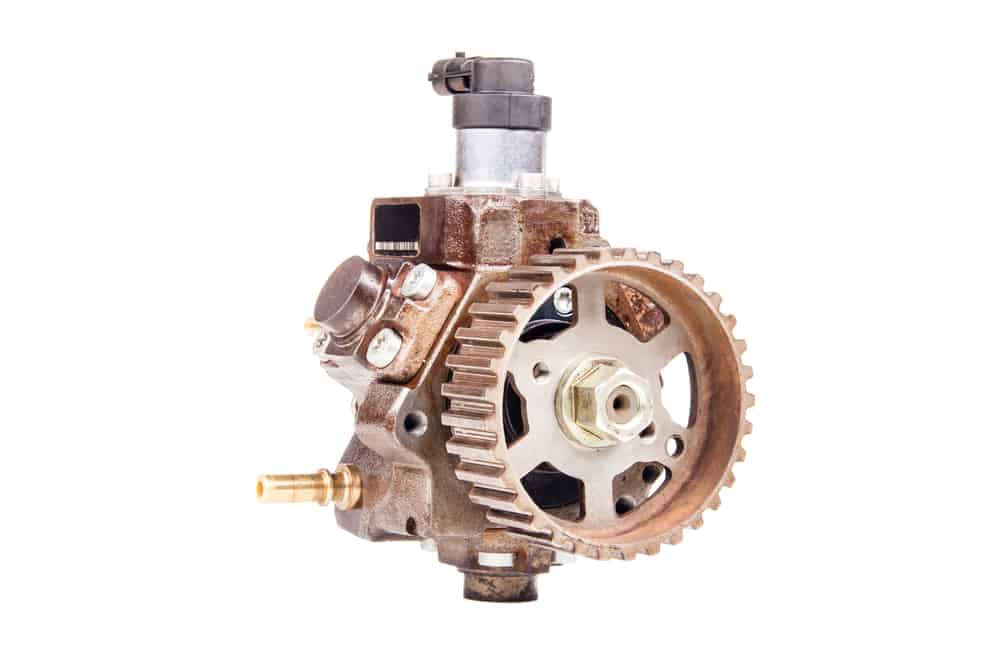
The purpose of your fuel pump is fairly self-explanatory. The part pumps fuel from the tank into the engine, so if it’s not working correctly this can be problematic. It should run for thousands of miles, but like all parts after time it becomes increasingly prone to failure. To avoid being stranded 200 miles from home, watch out for the following problems:
Table of contents:
- Symptoms of a Faulty Fuel Pump
- Can I Drive with a Bad Fuel Pump?
- What is the Life Expectancy of a Fuel Pump?
- How Much Does a Fuel Pump Replacement Cost?
- How to Change Your Car’s Fuel Pump
Symptoms of a Faulty Fuel Pump
Splutters
One of the best indicators of impending fuel pump failure is a spluttering engine that’s struggling for power. This is due to the pump failing to supply a fuel at the proper pressure to feed the hungry engine.
You’ll first notice this at high speeds with the car jerking suddenly and then resuming its normal performance. Don’t simply pass it off as a faulty spark plug, as if you ignore this sign the engine might not work properly.
Rising Temperature
Your car’s temperature can help predict fuel pump problems, so always keep one eye on the gauge. If you see the heat rising accompanied by the car stalling, this could mean that the fuel pump motor is struggling. One way to check this further is that if the car stalls again after restarting with the clutch properly engaged, then this is a clear sign the part is malfunctioning and may need replacement fuel pump.
Loss of Power
Notice your car losing power in stressful situations such as hill climbing, towing or accelerating? A weakened fuel pump simply won’t be able to feed the engine properly, and a disrupted flow of petrol or diesel means that the pistons will not get filled to the operational level.
Be aware that this problem could also point to a faulty oxygen sensor or deeper problems within the engine, but if your car has some serious miles on the clock then it’s more likely to be down to the fuel pressure regulator or fuel lines.
Surging
A faulty fuel pump supplies an inconsistent stream of fuel, which not only means a lack of performance, but also that your engine might receive too much petrol or diesel at any given moment, resulting in surges. If your car feels like the accelerator pedal has been depressed randomly when you’re cruising this is a danger sign. The culprit is normally irregular resistance within the part due to ongoing fatigue and wear.
Whining Noise coming from the Fuel Tank
An early indication that the fuel pump is suffering is a loud whine emanating from the area of the fuel tank. The fuel pump is not a silent part, and will usually produce a quiet buzz or hum when it’s working efficiently, however if this increases to a noticeably audible volume then you have a problem.
Check there’s enough fuel and that your fuel is not contaminated as this can also cause noises, and you find such problems then you may well be looking at a damaged pump.
Difficulty Starting your Car
If you know the battery is fully charged and you can hear the starter firing, but your car is still straining to start, then the chances are that the engine is turning over but suffering from a lack of fuel from the pump.
Because this part runs continually when the ignition is engaged, a weakened pump will fail to give the engine the fuel it needs to get going. If you’re experiencing this problem, then do a little detective work to check faulty spark plugs and replace if needed. However, if these are working normally then you can safely assume your pump is failing.
Other Factors to Beware
In addition to the main warning signs, these red flags can also indicate problems with fuel pump performance:
- Decreased mileage – if the pump’s relief valve is damaged then the engine could be over-supplied with fuel resulting in fewer miles to the gallon.
- Fuel pressure gauge –whilst a friend revs the engine, check the value on the gauge against the figure in the owner’s manual. Anything less than the listed value, means there is a loss of pressure coming from a weakened pump.
- Premature spark plug failure – intermittent fuel supply from a faulty pump can put pressure on other systems in the engine, causing your spark plugs to stop working long before their time.
- Turbocharger issues – if the turbocharger seems to take longer than normal to fill with air, this could be down to a problem with the fuel pump.
- Abrupt engine shutdown – if you notice the engine seemingly stopping at random times or it won’t start properly, get it to the garage to have the pump checked out.
- Engine timing – car regularly misfiring and backfiring? Problems with the timing are a good way to confirm your suspicions about a failing fuel pump when accompanied by other symptoms.
- Check engine light comes on – in modern cars the fuel tank pressure sensor will detect issues with the fuel pump, notifying the ECU and resulting in the check engine light illuminating.
- Black smoke from the exhaust – non-diesel cars should never expel black smoke. If you’re noticing off colour fumes coming from your petrol-powered car, then this is another additional indicator of fuel pump failure.
Can I Drive with a Bad Fuel Pump?
Technically, yes, you can. But we wouldn’t recommend it. You may be able to drive for a short while with a failing fuel pump, but it’s risky. A weak pump can cut out completely at any moment, leaving you stranded. It also puts extra strain on other engine components. If you spot the signs, it’s safer to book into a garage straight away rather than waiting for a breakdown.
It’s equally important to protect your fuel pump from premature wear. Avoid using cheaper fuel to power your car, as it can contain impurities that will wear out the pump prematurely. And running the vehicle on low or near-empty fuel will cause additional stress on this vital part.
What is the Life Expectancy of a Fuel Pump?
Most fuel pumps last around 100,000 miles, though this depends on driving conditions and maintenance. Regularly running your car on very low fuel or using contaminated or poor-quality petrol or diesel can shorten a fuel pump’s lifespan significantly. But treat your pump kindly, and it should last the life of the vehicle.
How Much Does a Fuel Pump Replacement Cost?
The cost depends on the car’s make and model, but generally ranges between £400 and £600, including parts and labour. The pump itself usually costs £100 to £300, while the rest covers fitting, since replacing it often involves removing the fuel tank. Fuel pumps in high-performance or luxury cars will usually cost more.
How to Change Your Car’s Fuel Pump

Has your car been bucking as you drive on the open road? When you put the key in the ignition, does your engine simply crank and turn over, but fail to start? If this is the case then the likely offender in the frame is the fuel pump. This part is used to supply fuel at pressure into the engine, driving the combustion process. An ineffective fuel pump means that your car is not getting the feed of fuel it needs to run properly. Like all parts this is prone to fatigue and will fail around the 100,000 mile mark.
1. Locate the Fuel Pump
Your car’s fuel pump should be located in the fuel tank. You’ll need to turn your car’s ignition on to check whether or not the part is working. If you hear a humming for around two to three seconds then the pump is working. If the pump does not make a sound, then the next stage is to check the electrical workings of your car to ensure its getting the right power.
2. Check the Fuse
It may be the case that your part is not faulty and you’re actually looking at a blown fuse. If you do find that this is the case, use an ammeter to check the load bearing capacity of the circuit and check that this is within the limits set out in your owner’s manual. Replace any blown fuse, and reconnect the fuel pump to check whether the part is still not working. If there is no response from the unit, then you’ll need to replace it.
3. Getting Ready for the Change
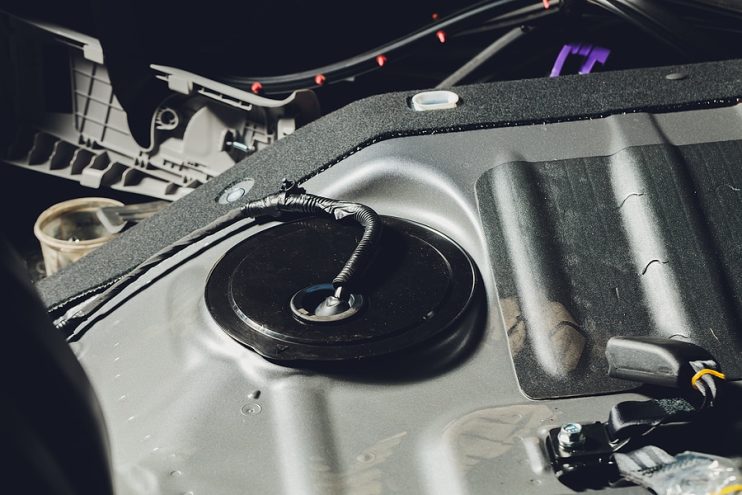
First, locate the best way to reach the fuel pump. Some, but not all, vehicles have access to the fuel pump underneath the rear seats so you may not need to remove the tank. Relieve the fuel system pressure and disconnect the negative battery cable. When you’ve done this, drain as much fuel as possible from the tank before removing the remaining battery cables and filler hose if you will be lowering the fuel tank. Next support the fuel tank with a jack, and if necessary a block of soft wood, such as pine, before removing any retaining straps or bolts, then lower the tank. Finally remove the fuel pump from the tank.
4. Attach the New Part
After comparing the replacement fuel pump with the old to ensure that you have the correct part, install it into the fuel tank and connect the fuel lines. Then simply reverse the process by which you removed the fuel tank from the car, taking care to ease it back into place gently. Finally, reattach the battery cables and filler pipe, and the job is complete.
Once you have replaced the part, it’s time to take your car out on the open road and test the fuel pump. Run the car whilst it’s standing still and not in gear. Take a look under the car and make sure there is no petrol leaking or dripping from the tank.
If you have used a second-hand part, there are some signs you should look out for to check it’s functioning correctly. If the car surges or fails to engage properly with the traction, you may have a malfunctioning fuel pump. If your vehicle is used to tow trailers or caravans, you’ll notice an irregular loss of power when the extra load is applied to the engine. A good fuel pump will ensure that your car behaves smoothly and responsively when you put your foot down on the pedal.


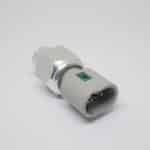
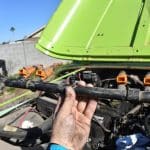



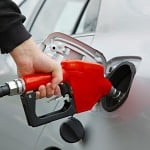


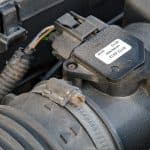

.png)